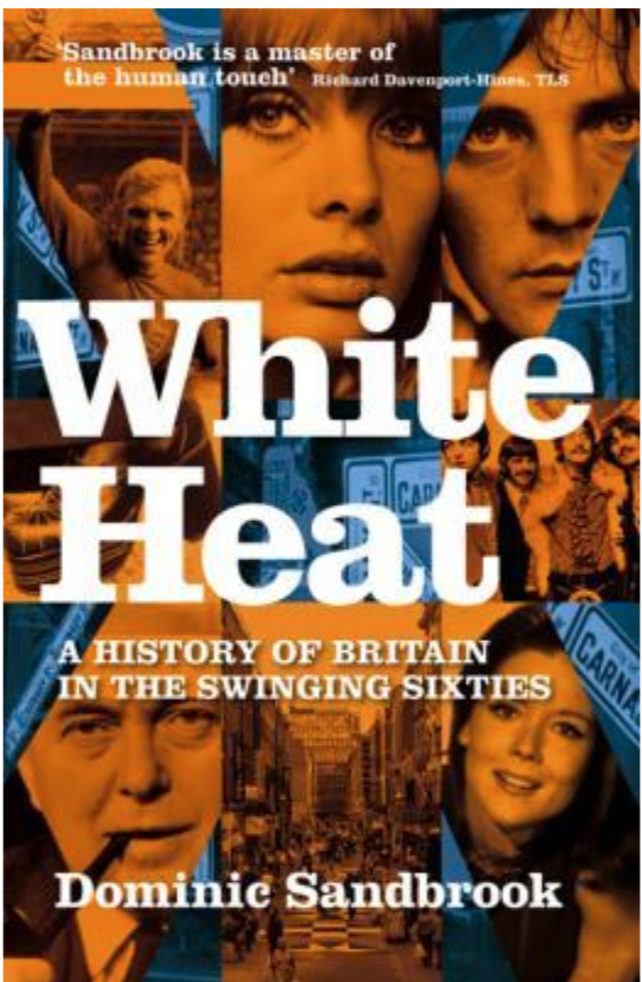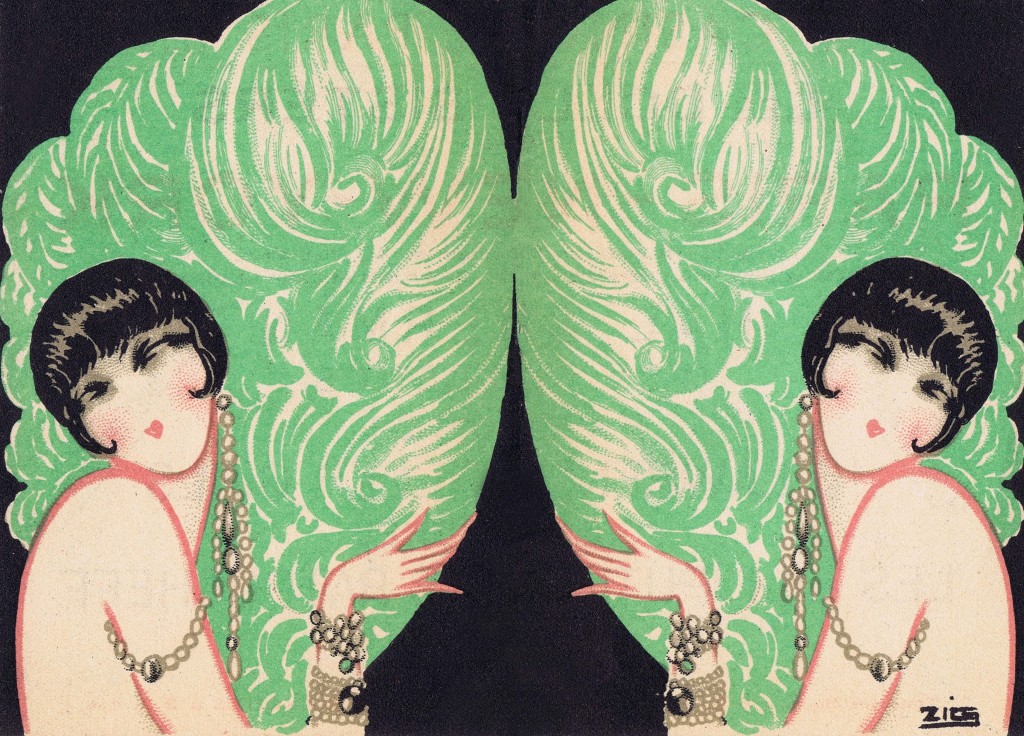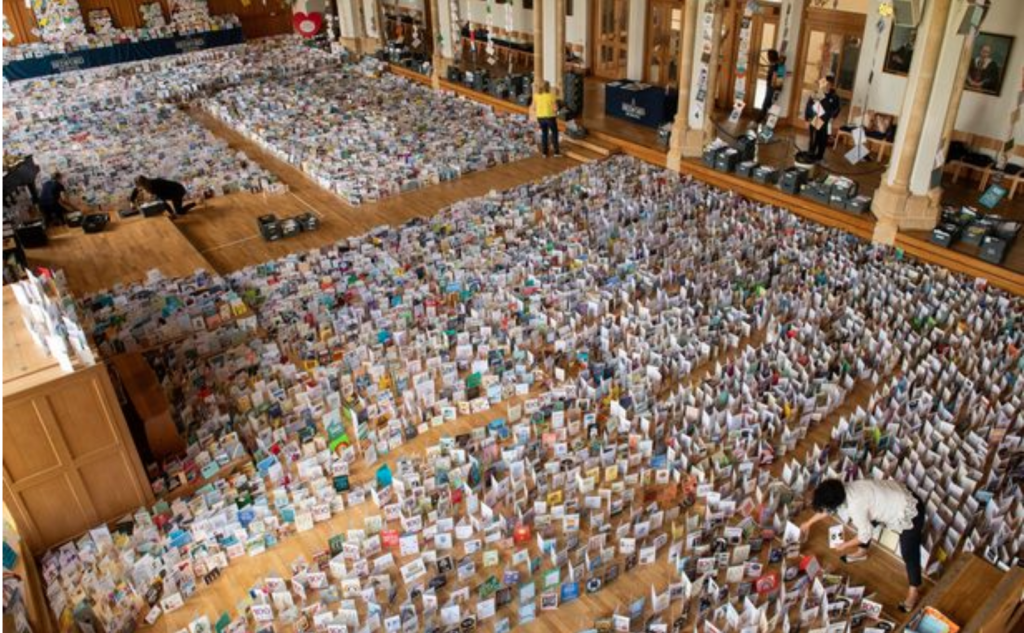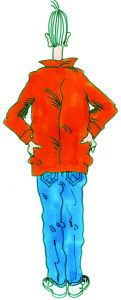History, Cardsharp believes, gives you a sense of perspective. Awful though this crisis is, and so tragic for many, the present pandemic has so far not claimed as many lives as a recent one that came to these islands. So recently as to be in Cardsharp’s lifetime, and one that like the present one originated in the Far East.
No, this one was the so called ‘Hong Kong Flu’ that hit Britain in two waves in the winters of 1968 and 1969. It was estimated to have caused some 80,000 deaths, four times the amount officially recorded in the UK in the present pandemic at Cardsharp’s time of writing. In fact, in the first week of 1970, the death toll was more than 20,000.
There was no email of course in those days, and the post was often heavily delayed, trains and buses ran to reduced timetables, and the NHS was overwhelmed. This was not because of any government action, but because so many people had this flu. As far as we know the government did not even consider a lockdown, the economy was not affected, and economic growth was above the long-term economic average for the three years of 1968-70.
Wanting to know more about this previous pandemic, Cardsharp consulted the book White Heat, written by one of his favourite modern historical authors, Dominic Sandbrook. This 700-page ‘doorstop’ covers the period of 1964-1970 in astonishing detail. The politics, the culture, the social and even sexual attitudes of the so-called ‘Swinging Sixties’. And guess what, the words ‘flu’, ‘influenza’, ‘Hong Kong’ or ‘pandemic’ don’t appear once in its exhaustive index. It truly was a silent killer as far as the media and the government was concerned.

Cardsharp brings this up not to detract from the seriousness of the current situation, nor to argue that the media, the government and society in general has overreacted to the crisis. Nor is it Cardsharp’s intention to get involved in the endless arguments about the ‘treatment’ being used by the current government being used to bring this under control. Rather Cardsharp brings this up to illustrate that we, as people, have short term memories, and that the 24 hours newscycle we have with social media, and multiple television networks means that sometimes a sense of perspective is lost.
Everyone is an expert on everything these days and in the last few weeks Cardsharp has lost count of the number of articles he has read saying that these few weeks will forever change the way we behave. For instance, that social distancing is here to stay and how we will forever eschew hugging and hand-shaking; wave goodbye to going to the shops, pubs, cinemas, restaurants and open plan offices. ‘Our way of life will never be the same again’, and ‘our activities will be conducted mainly online’ were just a couple of the recent utterances in the media. To Cardsharp’s mind this is not good reading if you are a retailer itching to get back to a semblance of normal trading or a publisher wishing for their customers to get back up and running.
Conversely, Cardsharp’s hopes were buoyed by a column written by David Abromavich in a recent edition of The Times which reminded him of another lesson from history. It covered a more severe pandemic than the present one, or the late sixties’ one – the great Spanish Flu of 1919 and 1920 which is estimated to have been responsible for more deaths than the Great War of 1914-1918 which preceded it.
Yet despite the huge number of lives it took, rather than making people more reluctant to go out and mix, it ushered in its wake, the so-called ‘Roaring Twenties’. This was a decade of huge creativity and change. Cinema and sporting audiences boomed, new physically-close music genres like Jazz blossomed. The embryonic retail economy really came of age and it was party time, with shorter more risqué female attire and a revolution in social attitudes. Art Deco reached sublime heights both aesthetically and literally with buildings like the Chrysler Building in New York. Hallmark and American Greetings really accelerated their growth to become something like the greeting card giants we recognise today.

A wise man once said for every reaction there is an anti-reaction and Cardsharp would like to think that we in the greeting card industry could in fact experience our own version of the ‘Roaring Twenties’. If there is anything this last six weeks has taught us, is that the nation has a love affair with greeting cards.
By his 100th birthday yesterday, Colonel Thomas Moore (as he is now known) had received 120,000 physical greeting cards. That’s greeting cards, not e-cards. And yet these were supposedly non-essential items. Where did they all the senders get them from? Of course a great number were handmade by children, the online operators also clocked up some inventive creations, but many more, by Cardsharp’s reckoning will have come from the huge amount of hidden stock most card female consumers have accumulated over the years in their own personal ‘card drawers, boxes and bags’. Once lockdown is over these card drawers will need replenishing. And Cardsharp bets his bottom dollar that most of these replenishments will not come from online clicks, but trips to their favourite bricks and mortar card retailers.

In the absence of physical stores, other than the supermarkets and a few others being open, greeting card websites have been inundated with orders. So much so that both Moonpig and Funky Pigeon had to stop taking orders for a time. And in the absence of anywhere else to go,

consumers have been buying greeting cards from newsagents that are still open, just like in the pre-specialist card shop days, when CTNs were the best place to buy cards. Who says the UK consumer does not consider the humble greeting card an ‘essential’.
There is, Cardsharp, believes a pent-up desire to get out there and buy greeting cards again.
Cardsharp is not suggesting this will happen overnight. Once the shops do reopen, there will be a period of readjustment, as consumers will naturally still be wary, But Cardsharp thinks we should take a lot of these so-called expert predictions about the death of bricks and mortar and physical greeting card (and other predictions as well) with a huge pinch of salt! The greater danger to the greeting card industry would be if the industry lost its reputation for creativity. But if the lessons of a century ago are anything to go by, and with publishers still working away in their studios designing like crazy, this creativity could reach new heights in the years to come. Here’s to the new Roaring Twenties and all that jazz!



















